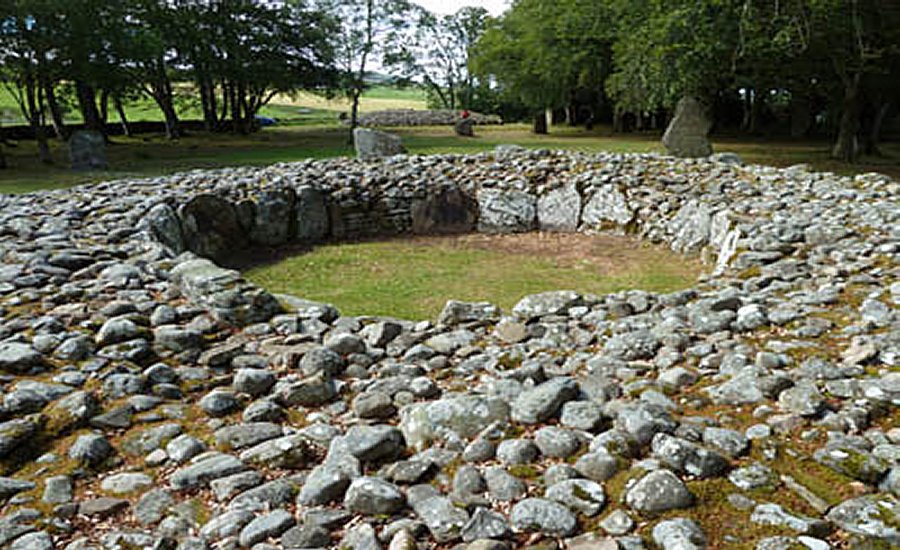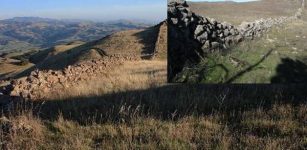4,000-Year-Old Scottish Clava Cairns Were Built To House Dead
MessageToEagle.com – Prehistoric Burial Cairns known as Clava Cairns are a complex of passage graves, standing stones, ring cairns, kerb cairns and the remains of a medieval chapel of an unknown date.
The Clava Cairns are located near Inverness, a city in the Scottish Highlands.
Clava Cairns are a well-preserved Bronze Age cemetery dating back to about 4,000 years.
However, according to no published excavations, the dates for the Clava monuments are thought to belong to the Late Neolithic or Early Bronze Age (about 2500 – 1700 BC).
The Clava Cairns – an important historical landmark – comprise part of one, if not two, Bronze Age cemeteries. This sacred landscape was an important place for ritual and burial activities in the Bronze Age. Later burials at the site suggest the Clava Cairns continued to be an ancient place of great significance for over a millennia.
For millennia, this cemetery (and also a smaller one in the vicinity, at Milton of Clava) remained sacred places for the Bronze Age peoples, who conducted there their burial activities and rituals.
At around 2000 BC a row of large cairns was built, three of which can still be seen today.

Excavations have found evidence for farming on the site before any of these monuments were built. Many of the stones used to construct the cairns have cup marks on them – these may have been reused from another place, perhaps an earlier sacred site.
See also:
Largest Collection Of Ancient “Cup-Marked” Rocks Ever Found In Scotland
Brochs: Ingeniously Engineered Windowless Iron Age Structures Of North And West Scotland
Incredible 5,000-Year-Old Temple Complex In Orkney Could Re-Write History Of Scotland
Each cairn is surrounded by a circle of standing stones. The three prominent cairns form a line running north-east to south-west and also the passages of the two cairns are aligned towards the south-west, suggesting that the builders focused on eyes on the midwinter sunset. Likewise, the location of the standing stones, especially the tallest ones is related to the setting sun in the south-west.

According to an ancient tradition, only one or two people were usually buried in each cairn, which could indicate that these resting places were used for particularly important persons in this Bronze Age society.
Two parts of the complex, Balnuaran of Clava and Milton of Clava, are open to the public.
Copyright © MessageToEagle.com All rights reserved. This material may not be published, broadcast, rewritten or redistributed in whole or part without the express written permission of MessageToEagle.com
Expand for references










